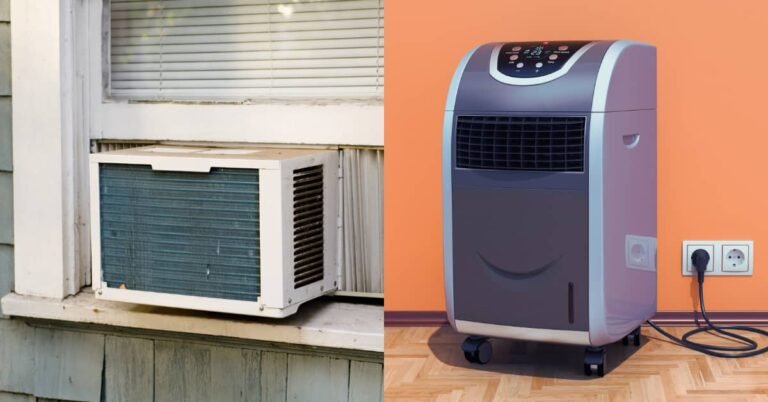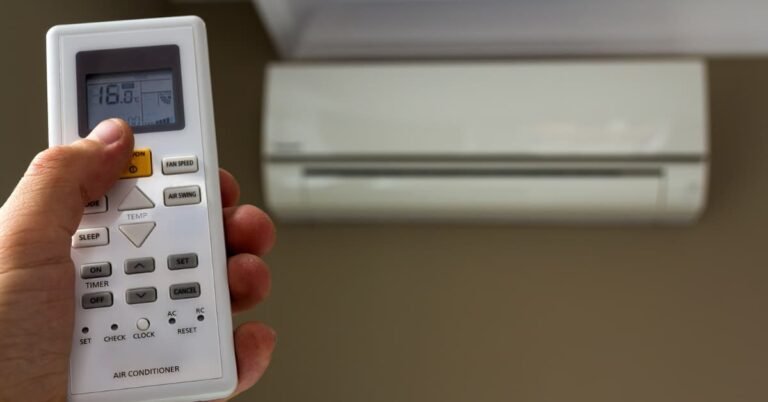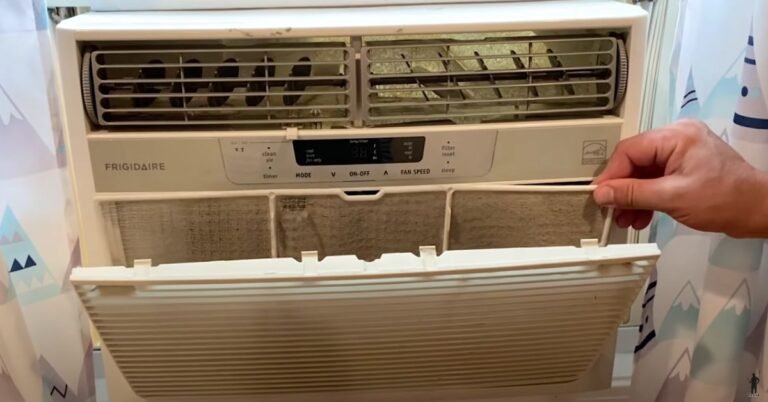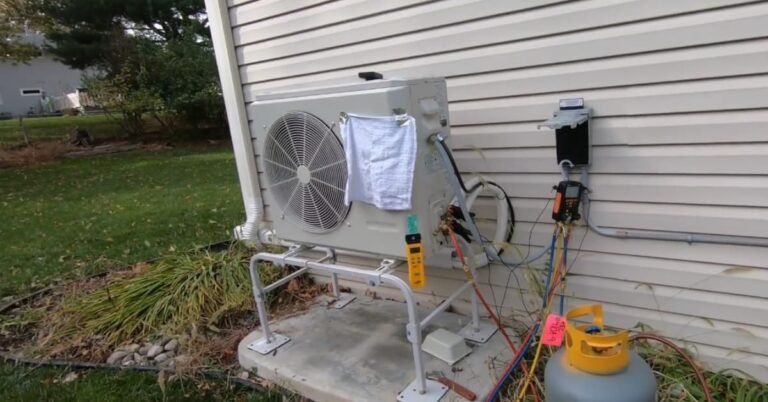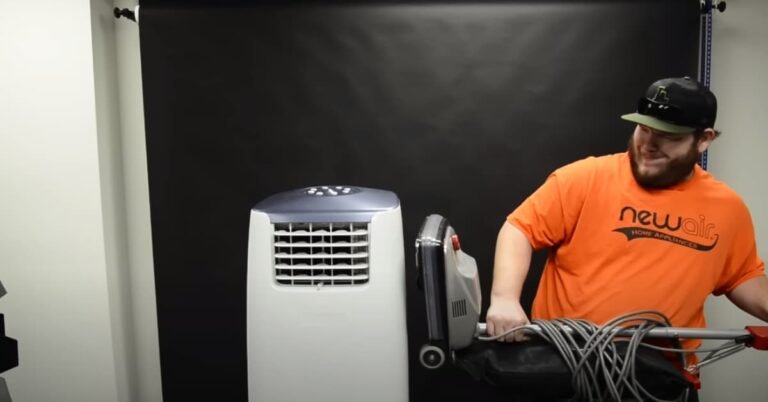Does Dry Mode Save Electricity? – Tips For Save Electricity
Yes, using Dry Mode on your air conditioner can save electricity. Dry Mode is a smart choice for energy-conscious consumers who want to reduce their electricity bills. By removing moisture from the air without overcooling the room, it can save energy.
In this article, we’ll explore the ins and outs of dry mode and how it affects energy consumption.
What Is Dry Mode In AC?
Air conditioners with dry mode make a room feel cool and dry. It pulls moisture from the air. By using this mode, you can save on electricity costs.
Best Times To Use Dry Mode
- During rainy seasons: Air feels less wet.
- On humid nights: Sleep better, save energy.
- When it’s not too hot: Keeps comfort, saves money.
Does Dry Mode Save Electricity?
Many people wonder if using dry mode on their air conditioners saves electricity. The dry mode removes humidity from the air, making the room feel cooler without cooling further. This feature can lead to significant energy savings, especially in humid climates.
Let’s dive deeper into how dry mode can help save on electricity bills.
Explanation Of How Dry Mode Saves Electricity
Dry mode works by reducing the amount of work the air conditioner’s compressor needs to do. This is crucial because the compressor is the most power-hungry part of an air conditioner. In dry mode, the focus is on removing moisture, not cooling the air. This means the compressor runs less, using less electricity.
Here are key points to remember:
- Dry mode reduces the compressor’s workload, leading to lower electricity use.
- It makes rooms comfortable without extra cooling, saving even more energy.
- The air feels cooler because of less humidity, so there’s no need to lower the temperature.

Comparison Of Electricity Consumption With Other Modes
Comparing dry mode to other air conditioner settings shows its efficiency. Below is a table that highlights the difference in energy consumption between modes.
| Mode | Electricity Consumption |
| Cooling Mode | High |
| Dry Mode | Medium to Low |
| Fan Mode | Low |
As shown, dry mode uses less electricity than cooling mode because it focuses on humidity, not temperature. This makes it a smart choice for saving energy.
Real-life Examples Of Energy Savings With Dry Mode
Many families have seen their electricity bills drop after using dry mode. They live in a humid climate and switch their air conditioner to dry mode during the wet season.
Here’s what they found:
- Their electricity bill decreased by 20% compared to using cooling mode.
- The house stayed comfortable, even on the most humid days.
- They felt good about using less energy and helping the planet.
Tips For Maximizing Energy Savings With Dry Mode
This selection explores ways to enhance energy savings when using your air conditioner dry mode.
Optimal Temperature Settings
Setting the right temperature on your air conditioner is key to saving energy. Dry mode works best at certain temperatures. Aim for a comfortable setting that does not overwork the unit.
Here are some points to consider:
- Set a moderate temperature that feels comfortable.
- Avoid setting the temperature too low to prevent excess energy use.
- Use a programmable thermostat to maintain consistent temperatures.
Remember, every degree counts in reducing your energy bill. A table comparing different settings can help.
| Temperature Setting | Energy Usage | Comfort Level |
| 24°C (75°F) | Low | High |
| 22°C (72°F) | Medium | Medium |
| 20°C (68°F) | High | Low |
Proper Maintenance Of Air Conditioner
Well-maintained air conditioners use less electricity. Regular maintenance ensures your unit runs efficiently.
Here are some tips:
- Keep the filters clean to improve airflow and efficiency.
- Check for any air leaks and seal them to prevent energy loss.
- Schedule a professional check-up at least once a year.
Remember, a well-kept air conditioner can use up to 15% less electricity.
Other Energy-saving Measures
Beyond dry mode, there are other ways to save electricity. Consider the following measures:
- Use ceiling fans to spread cool air more evenly.
- Close blinds or curtains to block out sun heat.
- Insulate your home to keep the cool air inside.
Each measure helps reduce the workload on your air conditioner. This means less electricity used and more savings for you. Try combining these tips for maximum benefit.
Conclusion
Exploring the benefits of dry mode reveals its potential for electricity savings. It’s a smart choice for both comfort and efficiency. This feature, often overlooked, can lead to significant reductions in energy bills. Embracing dry mode could be the key to balancing comfort with sustainability in our homes.

